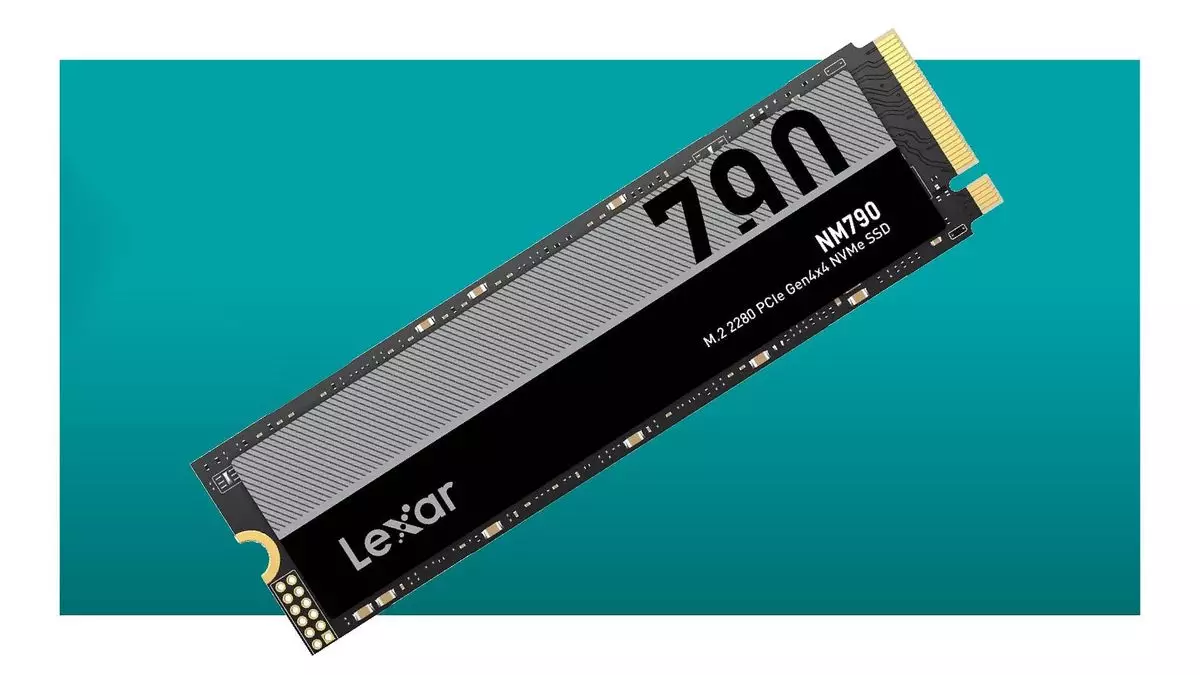As the curtains rise on the next generation of gaming hardware, a palpable buzz fills the air. With each unveiling of advanced CPUs and GPUs, gamers and tech enthusiasts alike are anticipating significant upgrades to their gaming setups. The advent of AMD Zen 5 processors and the rumored Intel Arrow Lake series suggests a paradigm shift that could redefine the gaming experience. NVIDIA’s forthcoming Blackwell graphics cards also promise a substantial leap in performance, further enhancing the excitement. For many gamers, the question looms: Is it time to rejuvenate their aging rigs, or can they settle for incremental upgrades?
For those who have been clinging to older components, the introduction of new CPUs and GPUs serves as a compelling incentive to embrace a complete system overhaul. Moving to a next-gen platform not only ensures compatibility with the latest titles but also enhances overall performance and graphical quality. However, while the push for cutting-edge components often centers around processors and graphics cards, the choice of storage can be just as critical—and surprisingly, opting for a sensible SSD can have a lasting impact.
Enter the Lexar NM790, an SSD that perfectly embodies the balance between performance and affordability. Currently available on Amazon with enticing discounts—$75 for the 1 TB model and $140 for the 2 TB variant—this SSD offers substantial value without compromising on quality. In a world where next-gen storage is often viewed as a must for gaming supremacy, the NM790 provides a compelling case for practicality. In fact, it has been endorsed as one of the best budget NVMe SSDs, and for good reason.
Contrary to popular belief, you do not need bleeding-edge SSDs to enjoy a high-quality gaming experience. The Lexar NM790 utilizes PCIe 4.0 technology, which remains highly adequate for most gaming scenarios. While there may be a push for PCIe 5.0 drives, their performance leap is primarily reserved for niche applications that involve massive data transfers. For most users, including avid gamers, the NM790’s impressive speeds—boasting 7,400 MB/s read and 6,500 MB/s write—are more than sufficient. The idea that one can overspend for a marginal increase in performance holds little water here, especially when many games primarily read data rather than write.
A closer examination of the NM790 reveals a focus on efficiency that does not compromise performance. While it is true that this SSD is cache-less—a feature that may raise concerns for some—modern SSDs utilize a segment of their TLC DRAM as a pseudo-SLC cache. This setup allows for rapid file transfer operations, accommodating a significant portion of everyday use cases. Given that gaming heavily leans on read operations, the NM790 excels in delivering solid performance without introducing significant bottlenecks.
For gamers who are planning their next hardware upgrades, the Lexar NM790 emerges as a quintessential choice. It fills the void where performance meets price, making it an ideal companion for next-gen CPUs and GPUs. Notably, opting for the 2 TB version not only maximizes storage capacity for an extensive library of games but also provides the flexibility needed for future-proofing. However, for those just starting their journey into gaming builds, even the 1 TB model represents a smart starting point.
As we venture into a new era of gaming technology, being savvy about hardware choices is paramount. The Lexar NM790 stands out as an exemplary SSD that combines affordability with outstanding performance. While the allure of high-end components can be overwhelming, recognizing the utility of a strong yet budget-friendly storage solution is essential. Balancing the excitement of new hardware with wise choices creates a more enjoyable and satisfying gaming experience—one where your system feels lightning-fast without breaking the bank.


Leave a Reply